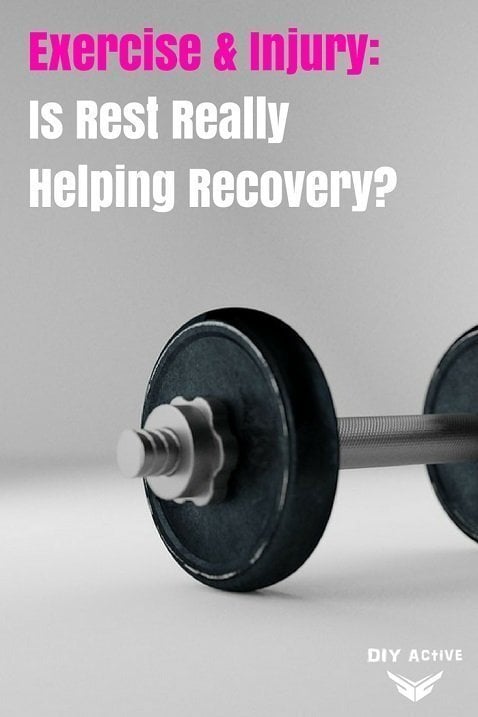How Exercise and Injury Work Together
The popular acronym R&R is well known to mean Rest and Recuperation. This phrase has linked rest to recovery for as long as it has existed. In fact, most people think that rest is often the best way to recover from health issues like illness or injuries.
Exercise and injury
Doctors and physiotherapists often recommend rest as the first action for recovery from the above issues. Likewise, phrases like “take it easy,” or “rest for a while” are often offered by friends and family if you get sick or injured. Medication is also a primary form of treatment.
But, what if rest and medication weren’t the best means of recovery?
It may come as a surprise, but resting excessively can reduce function and decrease health. Meanwhile, drugs can be expensive, leading many to use items like a Symbicort coupon card or drug schemes to help them manage costs. They are often unnecessary too.
Research is starting to show that moving more and resting less may be more beneficial for recovery from illness and injury. It also shows that exercise may reduce the need for drugs and treatment for many health issues.
Below, we look at how moving more can help you recover from illness and injuries quicker. We also look at what particular exercises have been shown to work.
How Working Out Can Help Your Recovery When Sick or Injured
Reducing inflammation
You’ve likely heard that one of the benefits of exercise is that it can reduce inflammation. This is through a number of adaptations in the body caused by exercise. This includes an improved metabolism.

Meanwhile, injured muscles or joints can release inflammatory chemicals to increase local inflammation. This is partly what signals swelling and helps the healing process.
But, managing this process through exercise can speed up recovery and improve its outcome. For certain, severe illnesses, light exercise like walking or jogging can help fight inflammation. It should also do this without causing the illness to progress.
But, higher intensity exercises like circuit training or weight lifting using the uninjured muscles can help reduce overall inflammation and promote recovery in injuries and severe diseases like diabetes or cancer.
So, using the right type of exercise can help you reduce inflammation and speed up recovery from both illness and injury. Keeping the injured area properly taped and protected will also reduce the burden mentally and will help you move better with whatever exercise type you go for.
Promoting tissue recovery
Exercising a muscle not only reduces inflammation but also boosts muscle repair and growth. It does this through signaling muscle protein creation and hormone creation which cause tendon growth and repair.
This can have a beneficial effect on both the trained muscles and unused muscles. So, if you train your upper body, it may promote the growth of your lower body muscles. This means that continuing exercise in your uninjured areas may speed up the recovery of injured muscles.
Weightlifting is often the best type of exercise here. This is because it is easier to isolate certain muscles. It also promotes muscle development and growth more than exercises like jogging or cycling.
So, training around an injury may have more merit to it than many initially thought.
Boosting the immune system
This is a big reason why many illnesses, like colds or flu, or even diseases like cancer and diabetes, can be helped with exercise. Exercise can raise the activity of immune cells in the body that help fight viruses and disease.
This is especially true of high-intensity exercises like weightlifting and circuit training can help boost the activity of certain immune cells. This can promote fighting off disease. But, lower intensity exercises like jogging can help improve immune function too.
So, exercise can have a direct beneficial impact on your immune system and your subsequent health.
Wrap-Up
Exercise not only benefits illness and injury through physical means. Exercising when sick or injured can improve mood. It also helps maintain your functional capability. This all helps mental health when sick or infirm.
This may help indirectly speed up recovery through a happier mood and a capacity to move more.
This can help you stay healthier and happier over the short and long term.
Either way, when injured make sure to consult your doctor before beginning any exercise program. They will steer you in the right direction!
- Exercise and Injury: Is Rest Really Helping Recovery? - July 5, 2018